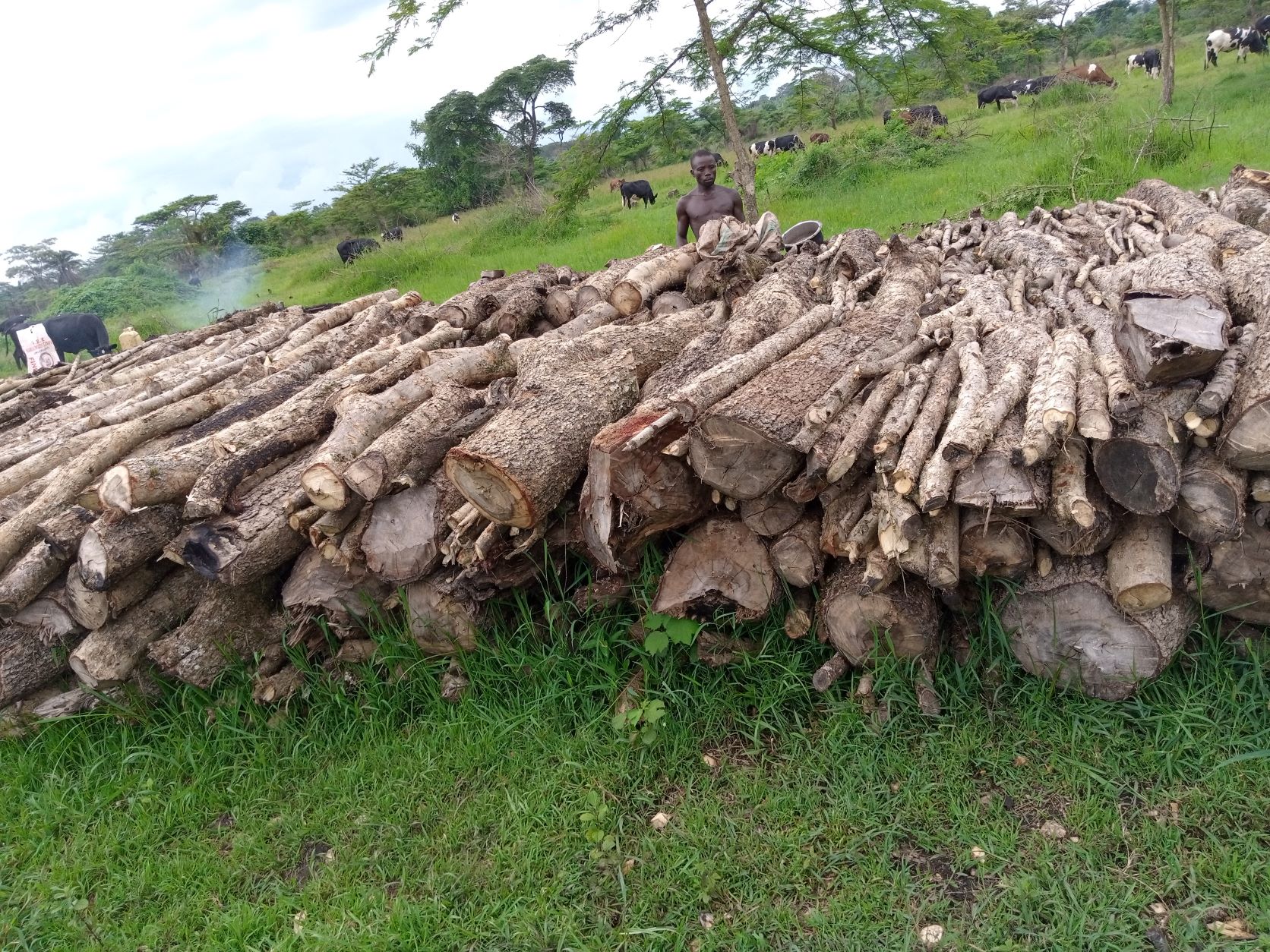Prime
Managing oil spills: Who is responsible?

Oil spills create disasters to human, aquatic life and wildlife in different parts of the world. Therefore, any country that prospects to harvest oil must put in place contingency plans to handle such eventualities. PHOTO | AGENCIES
What you need to know:
- The National Oil Plan, which was launched last week, will guide and provide a prevention, preparedness and response system to prevent, detect, and stop oil spills, or minimise their impact on human health and the environment.
An explosion from a geothermal exploration hole triggered a spill of crude oil into Lake Albert and the surrounding village of Kibiro in Hoima District in 2020.
The spill became a national concern, with the Petroleum Authority of Uganda dispatching a team to assess the extent of the damage.
The explosion had happened from one of the eight geothermal exploration holes that had been drilled to exploit geothermal energy.
World over, the increased risk of oil spills from oil and gas operations and related facilities can have environmental and social economic consequences.
Such risks arise during commercial production through production wells, processing plants, pipelines and storage facilities.
And therefore, they require a wide and urgent plan – which the National Oil Spill Contingency Plan – seeks to provide.
The National Oil Plan, which was launched last week, will guide and provide a prevention, preparedness and response system to prevent, detect, and stop oil spills, or minimise their impact on human health and the environment.
The plan is divided into 12 chapters detailing environment risk assessment, response resources and strategies, waste management and liability and costs, as well as training drills for preparedness.
Primarily, the plan indicates that oil licensees and operators are required to implement preventive measures and must ensure that oil spills do not occur.
It is developed on selected risk scenarios elaborated in the National Oil Spill Contingency Analysis, among which include exploration well – blowout at location, inter-connecting infrastructure such as Central Processing Facility to refinery pipeline rupture, overturning trucks, crude storage leakage, and product pipeline rupture.
The risk analysis is focused on preparedness of the licensees and operators, local governments, government and other stakeholders to reduce the consequences.
Defining tiers
The plan has an established a three-tiered structure that allows those involved to plan an effective response in case of a spill.
An oil spill may potentially escalate from small to medium and to large, requiring tier one, two or three response.
Tier one spills are generally related to operational activities at a fixed location. Such spills may result, for example, from transport incidents, over-filling of a tank or a leaking valve at an oil facility.
In essence, a tier one spill arises from disruptions in routine operations that result in small quantities within the confines of a facility, which can be managed by a relatively modest on-site capability.
However, tier two spills are relatively large and may require additional resources from a variety of potential sources to manage.
By the very nature and variety of circumstances that may arise, including the severity and intensity of the oil spill, tier two spills cannot be characterised simply in terms of the volume of oil spilled.
On the other hand, tier three spills are classified as those that are likely to cause major consequences and calls for substantial resources from a range of local, national and international sources.
A tier three spill scenario can develop in a number of ways, including where an oil spill is likely to have grave impact on human health or the environment.
For tier three spills, licensees and operators in midstream operations and petroleum supply are required to have membership with suitable tier three spill equipment service providers that can mobilise gear into the country within the shortest time possible after the occurrence of a spill.
Oil spill costs and compensation
In the event of an oil spill, government says oil companies must undertake ‘maximum or else, they will incur financial liability for any damages caused during a spill.
Barirega Akankwasah, the National Environmental Management Authority executive director, says government will hold oil companies responsible for oil spills through a ‘Polluter Pays Principle.
This is supported by Ruth Nankabirwa, the Energy minister, who says that in spite of government’s stake in oil projects under Uganda National Oil Company, the financial liability will fall squarely on oil companies.
According to the Oil Spill Contingency Plan, a licensee, operator or other responsible person will be held liable for damages caused by the escape or discharge of oil, regardless of fault.
Issues such as costs and claims will be handled by mutual consent, arbitration or recourse to courts.
The Oil Spill Plan also details the cost of response including clean-up and restoration cost, which shall be borne by the licensee or operator responsible for the spill.
The Prime Minister’s Office in liaison with the Petroleum Authority of Uganda of Uganda intends to establish a mechanism for coordinating payment of claims and compensations, and for recovery of costs of an oil spill and response operation.
The Petroleum Authority of Uganda will have central responsibility to the National Oil Spill Contingency Plan.
Ernest Rubondo, the Petroleum Authority of Uganda of Uganda chief executive officer, says they have already initiated steps geared towards strengthening regulatory capacity in oil spill management.
Key among these, he says, include equipping oil spill monitoring and incident command centers, facilitating the establishment of spill response equipment hubs and undertaking specialised training in oil spill management.
The Petroleum Authority of Uganda, Nema and Office of the Prime Minister are the key government offices charged with oil spills management.
On the side of the industry, the development of activity-specific oil spill contingency plans for activities which are specifically implemented by the licensed oil companies and the major contractors is ongoing.
Rubondo says these will be ready before drilling of the first production well that is scheduled to commence in the fourth quarter of 2022.




